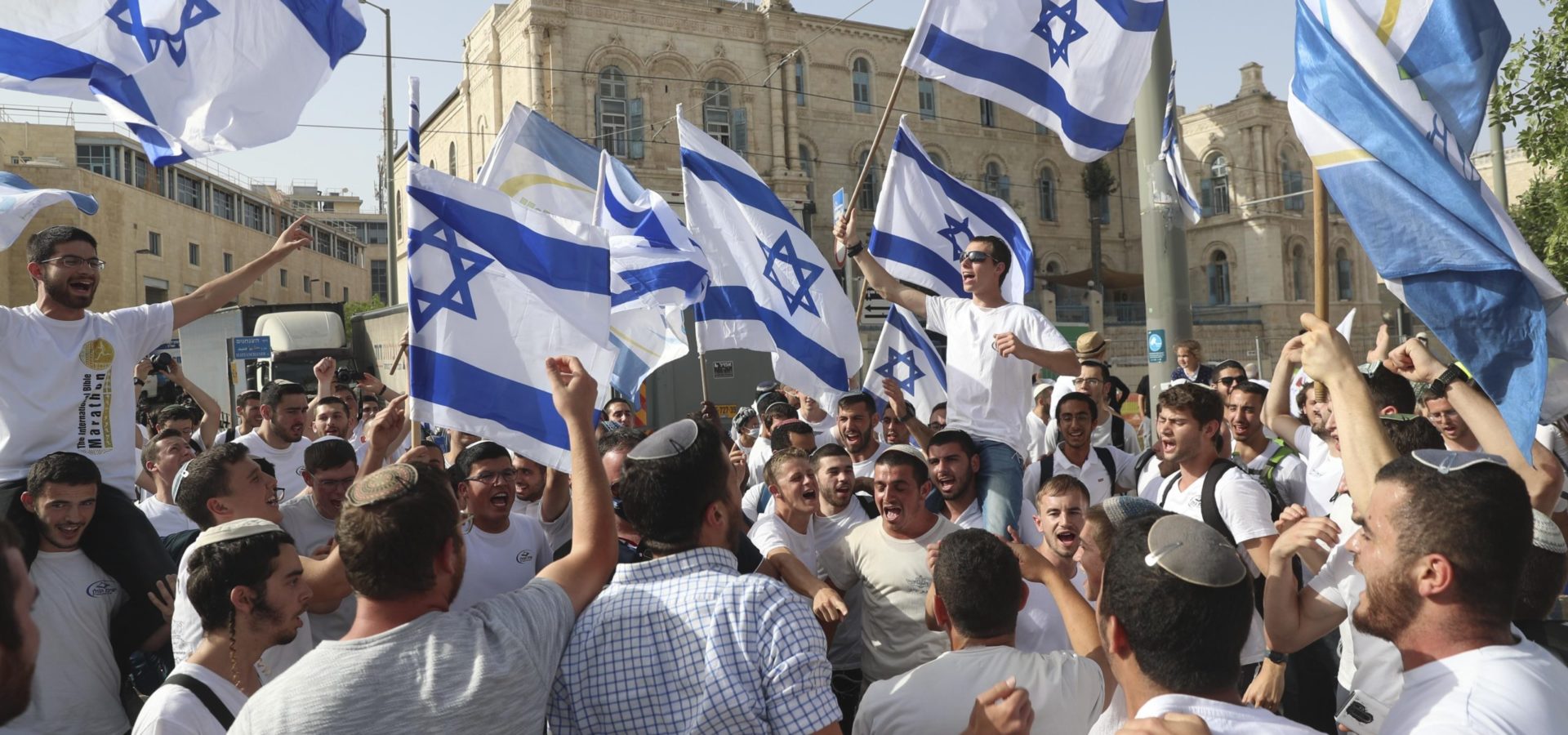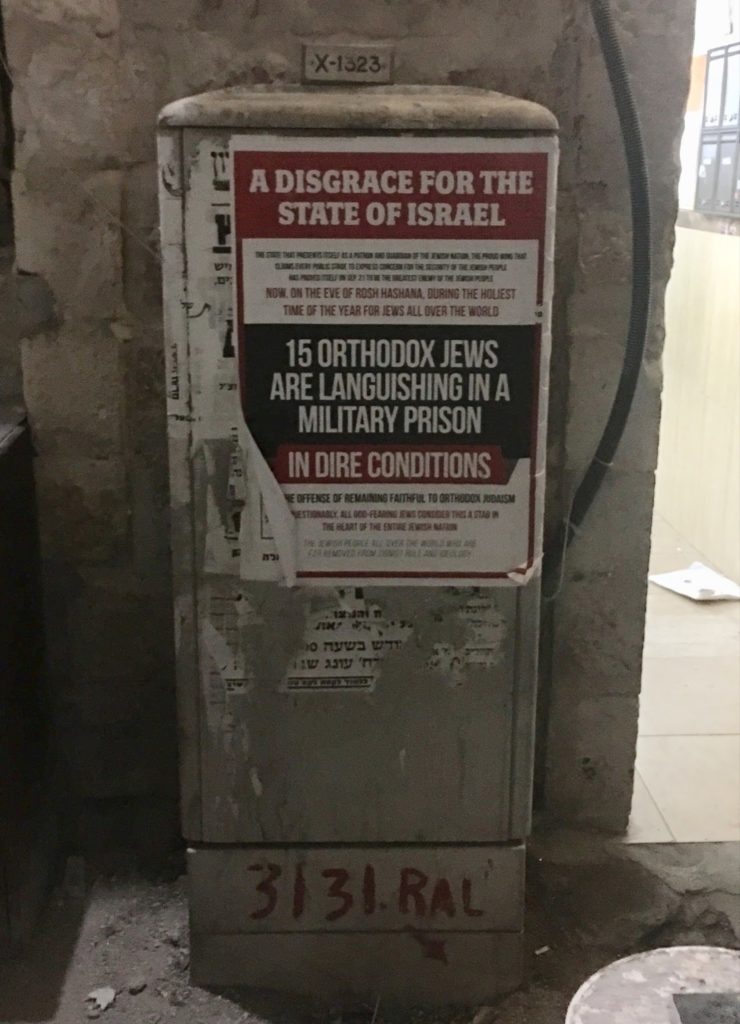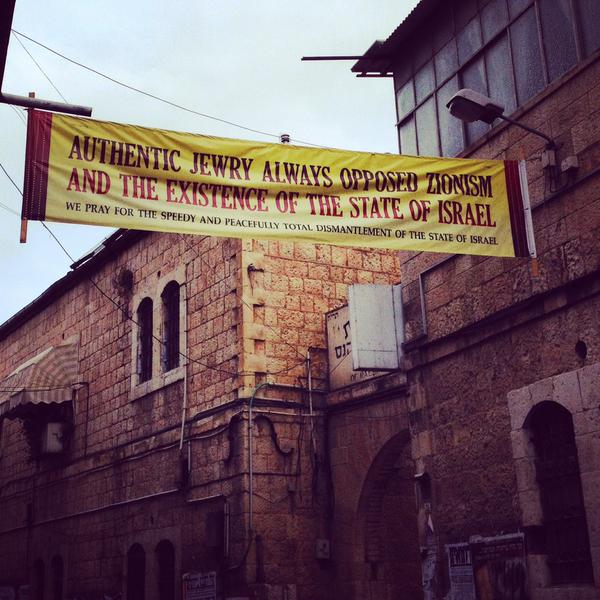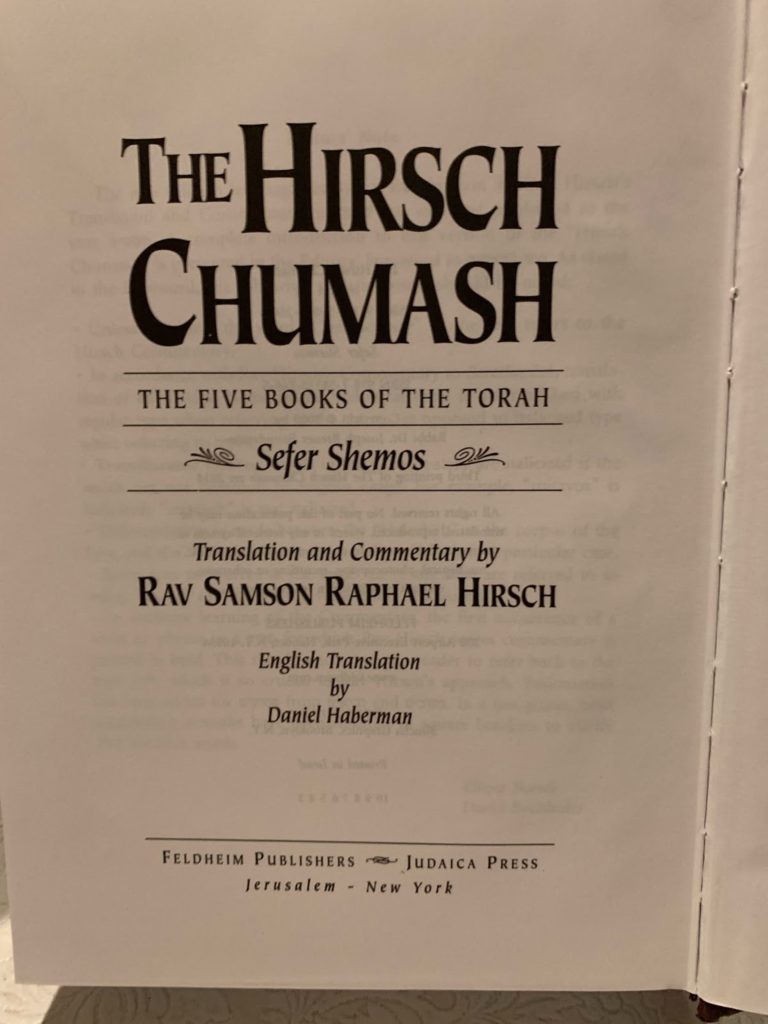December 03rd, 2021
By Miko Peled
Israeli President Isaac Herzog’s visit to the Ibrahimi Mosque should be seen as nothing less than an invitation by the Zionist establishment to the Zionist radical elements to go ahead and burn the Al-Aqsa Mosque.
HEBRON, PALESTINE – “Should the Al-Aqsa Mosque be destroyed, the match will be lit by a fanatic settler, but it is decades of Zionist indoctrination and Israeli policies that will be responsible for the destruction.” I wrote these words in a piece in this publication in August of 2021. In December of this year the Israeli establishment has taken a huge step in this direction: the president of Israel, Yitzhak (Isaac) Herzog, decided to light the first candle of Chanukah at the Ibrahimi Mosque in the Palestinian city of Al-Khalil – Hebron.
This visit represents a “go ahead” by the so-called moderate Israeli establishment to the fanatic religious-Zionists to continue their unchecked, unhinged violent attacks against Palestinians in general and their pursuit of the destruction of the Al-Aqsa Mosque in particular.
The Ibrahimi Mosque
It is said that the Jerusalem geographer Muqqadasi, writing in 985 CE, described the town of Hebron as follows:
In Hebron is a public guest house continuously open, with a cook, a baker and servants in regular attendance. These offer a dish of lentils and olive oil to every poor person who arrives, and it is set before the rich, too, should they wish to partake. Most men express the opinion this is a continuation of the guest house of Abraham […] At present time I do not know in all the realm of al-Islam any house of hospitality and charity more excellent than this one.”
A UNESCO report declared the city of Hebron and the Ibrahimi Mosque that lies within it as Palestine Heritage sites. The report states, “The main monument of the town is the centrally sited Al Haram Al-Ibrahimi Mosque/The Tomb of the Patriarchs.” The mosque sits on what is believed to be the burial site of the biblical patriarch Abraham, his wife Sara, their son Isaac and his son Jacob, as well as Rebecca and Leah. This belief is based on a story from the Book of Genesis 23:1–20 that tells about the patriarch Abraham purchasing a cave in order to bury his wife.
An endangered shrine
Another UNESCO report regarding the city of Al-Khalil, now known as Hebron, states that it and the mosque are “endangered sites.”
According to the report, “The nominated property is considered […] of Outstanding Universal Value as a cultural property” for the following reasons:
The Al-Khalil/Hebron old town “is an outstanding, exceptionally complete and well preserved example of unique urban and architectural characteristics inspired by the human values of Hebron/Al-Khalil community” and “[r]eflects continuous fabric which dates back to the Mamluk and Ottoman Periods.” The report goes on to state that the old town “[w]as shaped by the Al-Ibrahimi Mosque/The Tomb of Patriarchs, an outstanding example of building that illustrates significant stages in human history,” which “[b]enefited from its location on the main commercial routes in the region.”
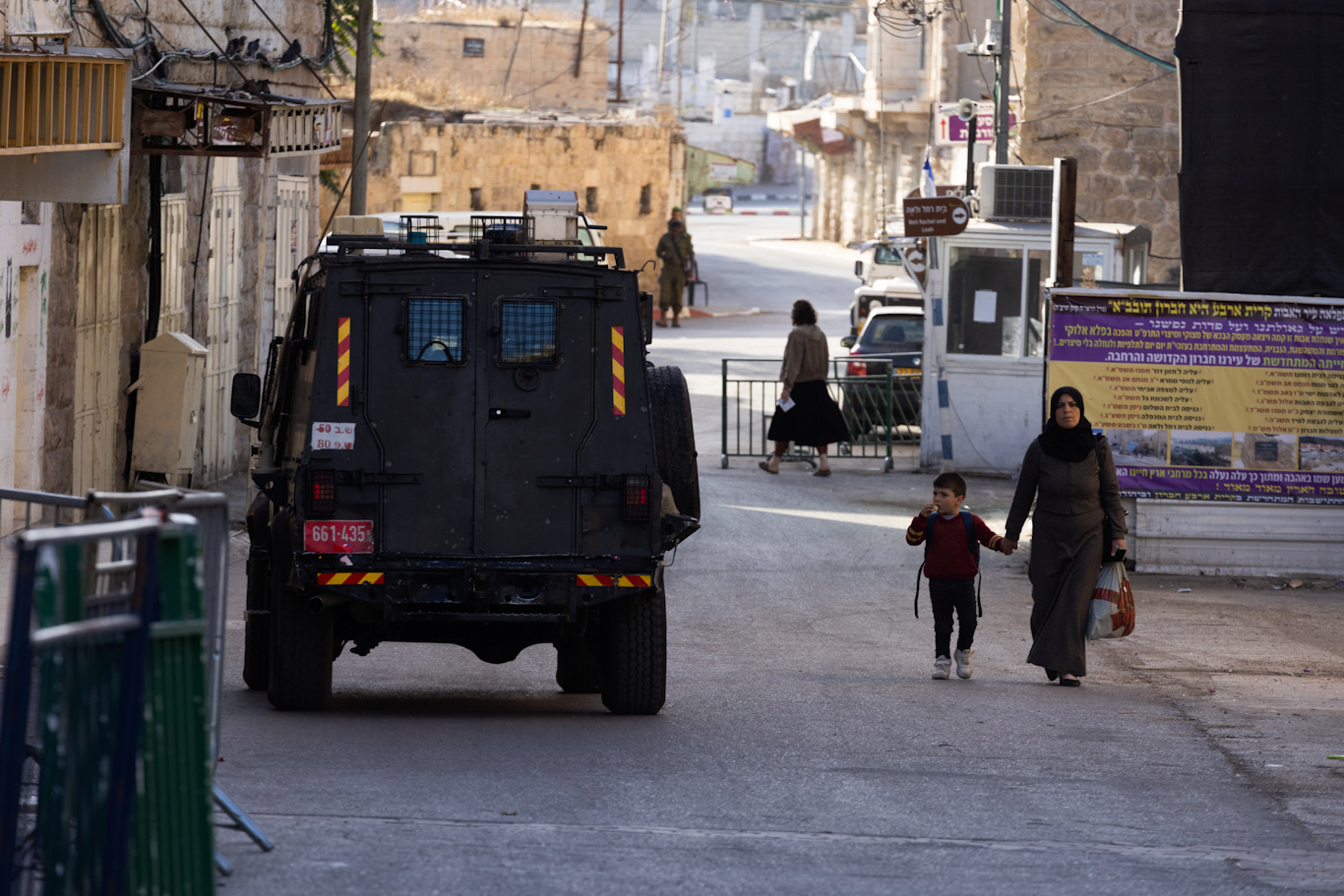
Writing about Israel’s continuous threats to the sites, UNESCO reports:
What is clear is that threats and violations are systematic and long-standing. They have a significant impact on the lives of ordinary citizens, resulting in the gradual depopulation of the old town […] and also interfere with the conservation of cultural heritage assets.
The site of the mosque and the Old City of Hebron are under threat because of Israeli attempts to de-Arabize the old city, build Jewish-only settlements, rename the streets, and cover up the rich history of the city and the mosque, a history that spans thousands of years.
Isaac Herzog
Isaac Herzog, Israel’s president, is described in a piece in The Guardian as a “softly spoken veteran of centre-left.” When Herzog was an attorney, he represented large corporations like Coca-Cola Israel. A prominent Palestinian who knows Herzog and dealt with him when Herzog was a lawyer once said to me, “I don’t know what he was thinking, what would make him do such a thing.”
This “thing” that this Palestinian was referring to was the dangerous accommodation of the militant right-wing Religious-Zionists and legitimization of their desecration of an ancient and revered Muslim site – the Ibrahimi Mosque — with Herzog’s visits to the site.
However, as we look at the history of the State of Israel, we see that the so-called moderate Zionist establishment has always accommodated the radical right and legitimized the achievements the Zionist state has enjoyed through the brutality and violence perpetrated by Zionist fanatics.
From the earliest days of the Zionist colonization of Palestine, the radical violent elements pushed forward while the so-called moderates, while initially distancing themselves from the actions of “extremists,” gradually legitimized their actions.
This was true in the pre-1948 actions of Zionist terror squads that included the bombing of the King David Hotel in Jerusalem; the assassination of the United Nations mediator, the Swedish diplomat Folke Bernadot; and the brutal massacre of the people of Deir Yasin on the outskirts of Jerusalem.
In fact, the war of 1967 also was a push by Zionist radicals – who by that time were generals in army uniform and had a well-equipped and well-trained army at their disposal – to do what was left undone in 1948. While the more “moderate” Israeli politicians were hesitant, the generals demanded to start a war and take parts of Palestine that were left outside the state of Israel.
Post-1967
In post-1967 Israel, the face of the fundamentalist radical Zionists had slightly changed but the tactics remained the same. The 1967 occupation gave rise to a new form of radical Zionism called Religious Zionism. These were Zionists who had been indoctrinated in the hate-filled, violence-infused yeshiva, Yeshivat Mercaz Harav. Named “The Mother of Zionistic Yeshivot,” it was the very first Zionist yeshiva and the ‘flagship’ for the National Religious movement.
Originally the Labour-Left establishment, to which President Isaac Herzog belonged, had looked down on and even distanced itself from the National Religious movement. However, as early as 1968, when that movement initiated Jewish-only settlements in the heart of the West Bank, the army and the Labor-Left establishment supported them wholeheartedly. Today, Religious Zionists are credited with establishing a Jewish-Zionist presence throughout the entire West Bank.
What used to be the Zionist Labor-Left establishment is all but gone, and only a few relics like Herzog remain. Today the Israeli establishment consists of two factions of ultra-right fanatic blocks, fighting each other for power. Politically they are identical and their hate-filled anti-Palestinian rhetoric is equally appalling.
Hertzog’s visit to the Ibrahimi Mosque should be seen as nothing less than an invitation by the Zionist establishment to the Zionist radical elements to go ahead and burn the Al-Aqsa Mosque.
Filed under: "Israel", Jerusalem, Nazi Israel, Palestine | Tagged: Al-Aqsa Holly Mosque, al-khalil, Dome of the Rock and Al-Aqsa mosque, Jewish Zionists, This is Zionism | Comments Off on With Symbolic Hebron Chanukah Visit, Israeli President Greenlights Al-Aqsa Destruction





